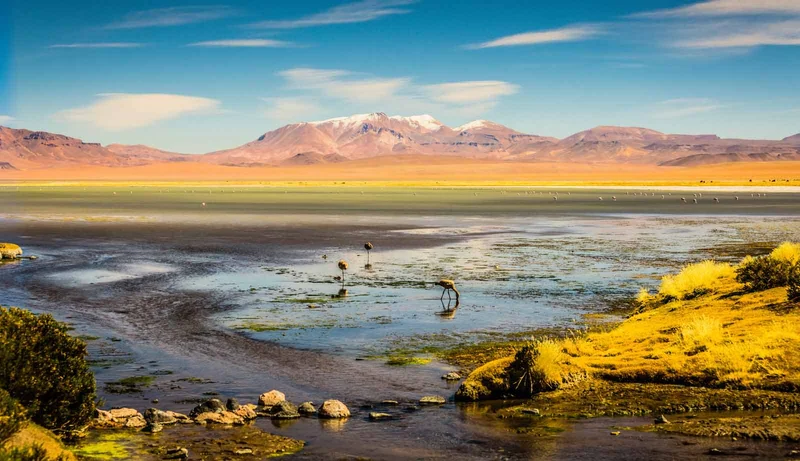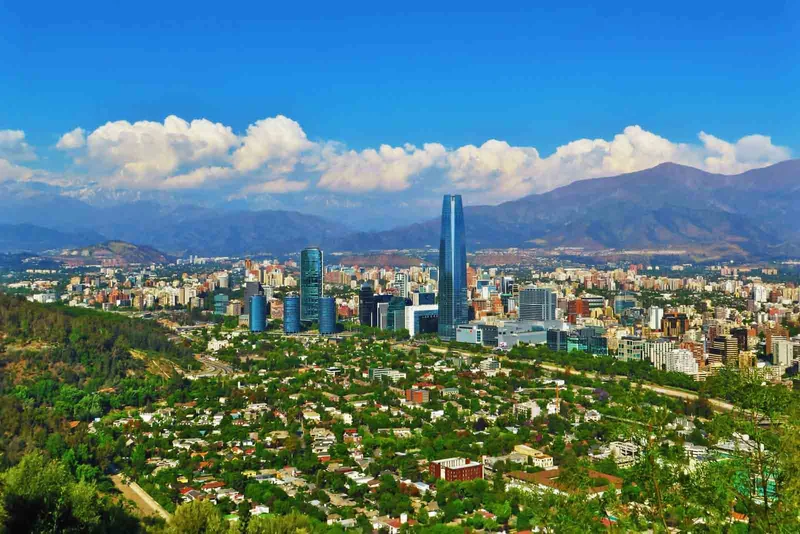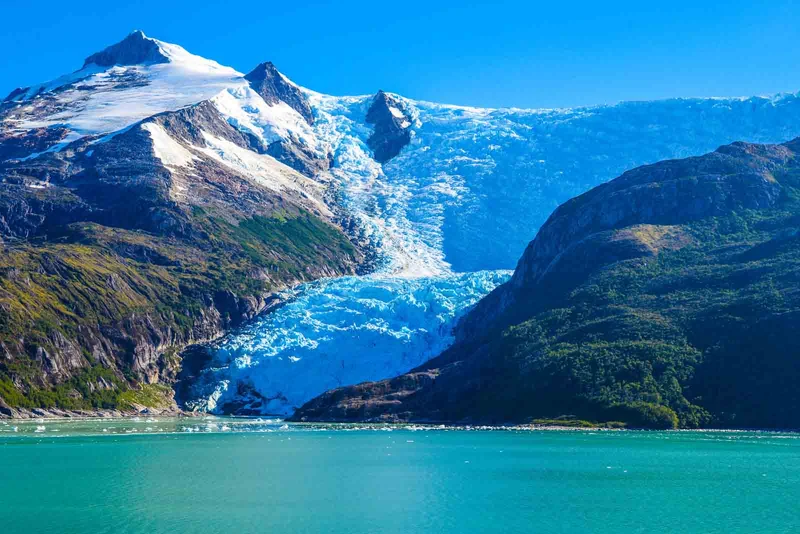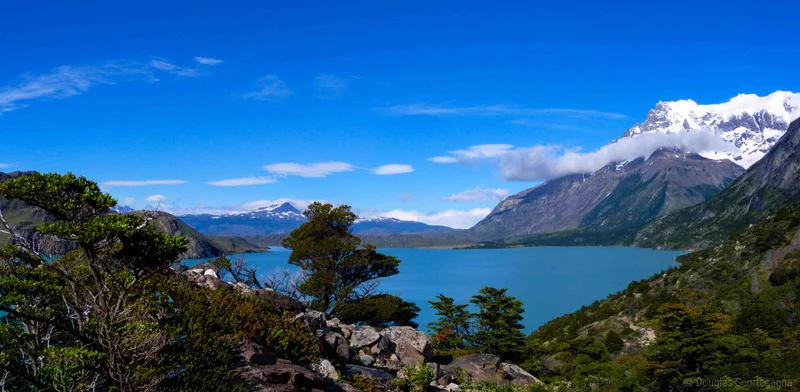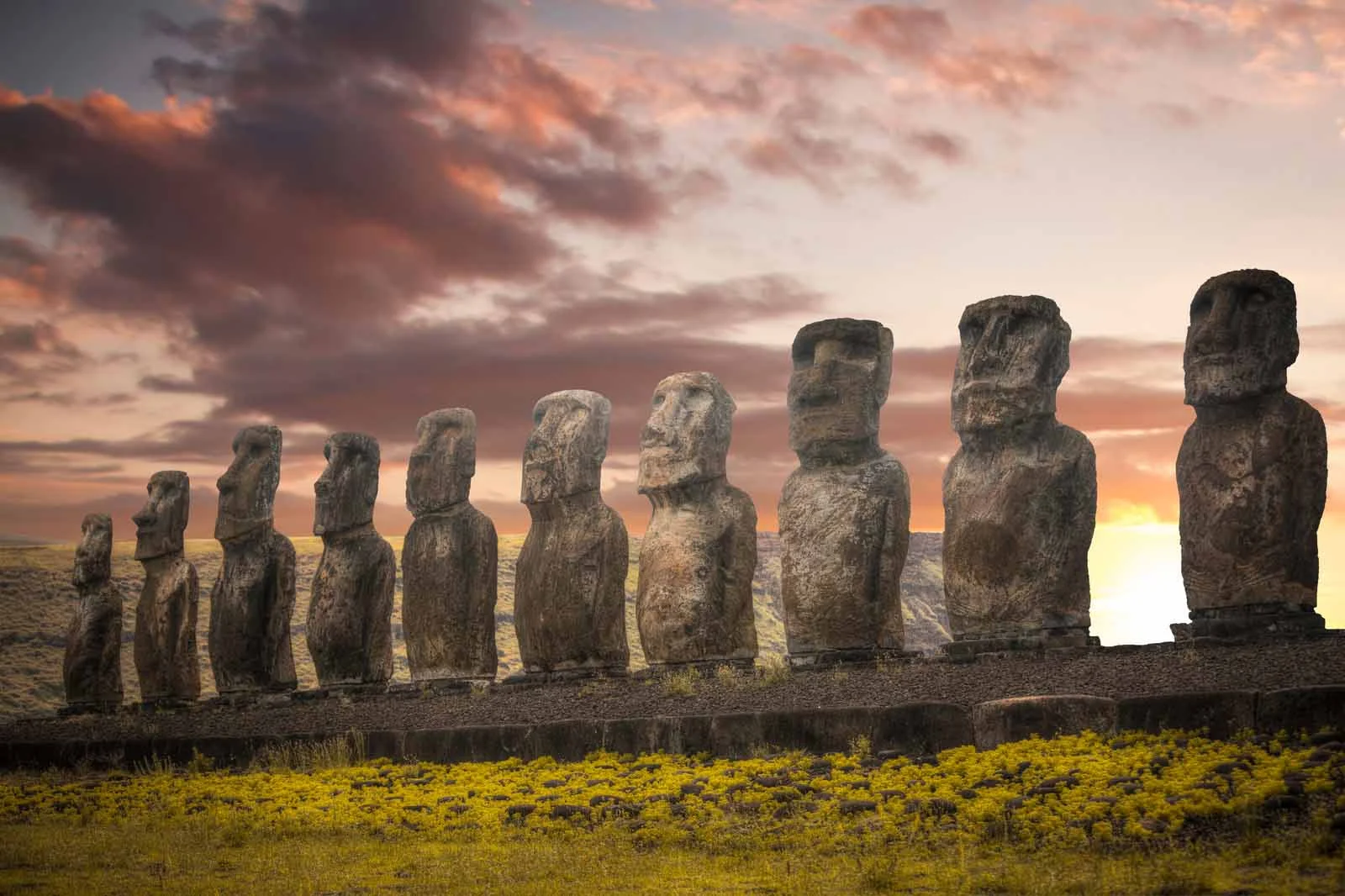
Easter Island Vacation packages for 2025 and 2026
History of Easter Island
The history of Easter Island, Chile, can be seen simply by looking at its land – from the mysterious Rapa Nui people who first set foot on its shores to their inspiring accomplishments.
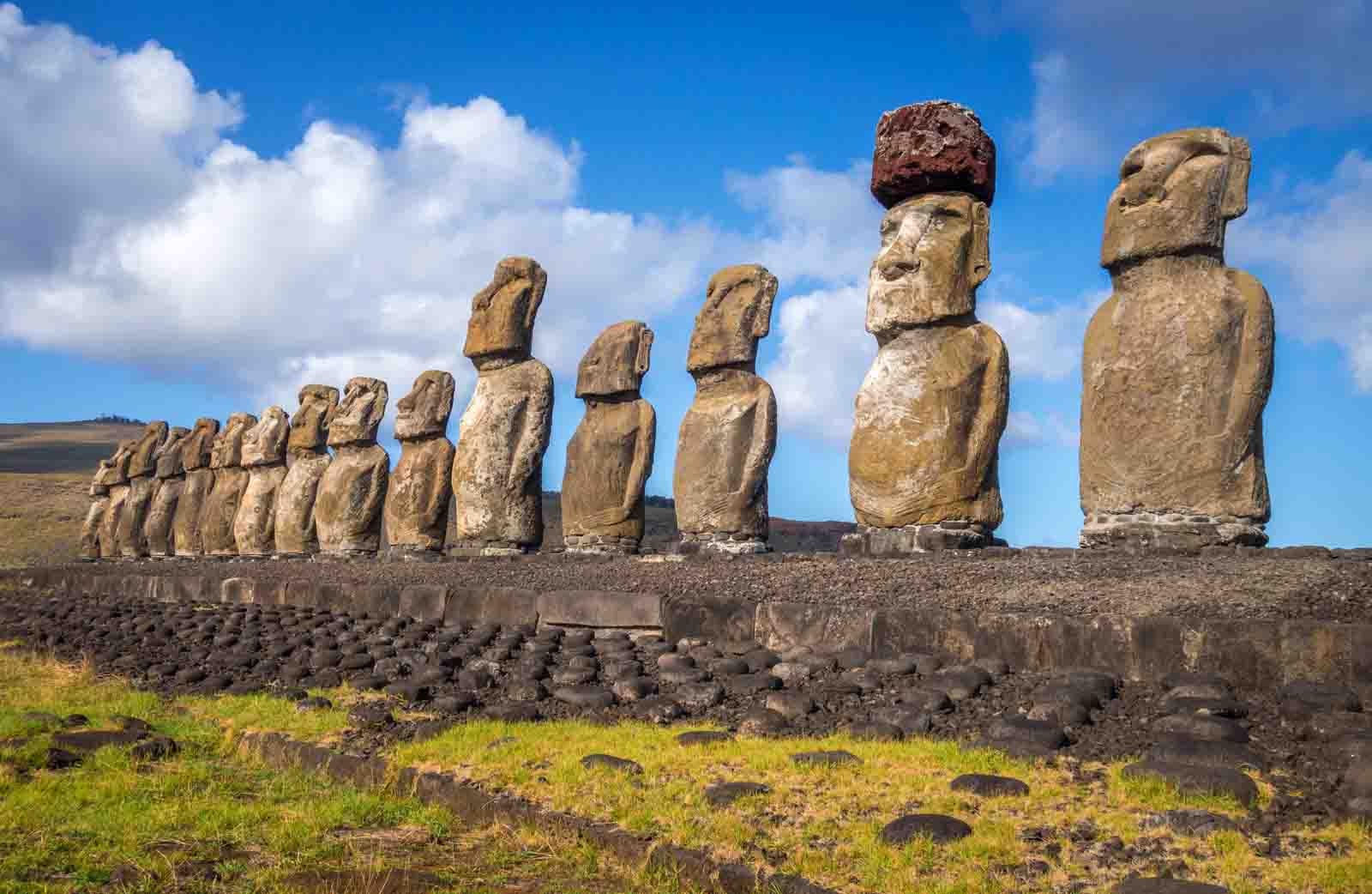
Rapa Nui settlement
We're stepping back in time on Easter Island, or as locals call it, Rapa Nui. Hundreds of years ago, the first people arrived here by canoe, sailing across vast oceans from other Polynesian islands. They found a volcanic island waiting for them with fresh water and fertile land.
These early Rapa Nui settlers carved out an incredible life in one of the most isolated spots on Earth—just look around at the moai standing tall! These giant statues are proof of their hard work and creativity.
Each moai is unique; they made nearly 900 of these guardians to watch over their home.
Contact with Europeans
As we follow the footsteps of the island's past inhabitants, we soon encounter a new chapter in their story: Europeans set foot on Easter Island for the first time. Imagine standing on this remote land as Dutch explorer Jacob Roggeveen did on Easter Sunday in 1722; it was then that the island got its name.
The arrival of Europeans marked big changes for Rapa Nui and its people. Ships brought folks from different parts of the world to visit these shores, but with them came diseases and conflicts which hurt the local community.
Over time, other European explorers, like Spaniards and Frenchmen, landed here too. They all wanted to uncover the secrets behind those majestic moai statues scattered across Easter Island's landscape—trying to understand how an isolated civilization could create such wonders! Sailors took notes and made maps while missionaries shared their beliefs.
But with these exchanges, traditional ways began to blend with new ideas forever changing life on this far-flung speck in the Pacific Ocean.
Geography, Geology, and Climate of Easter Island
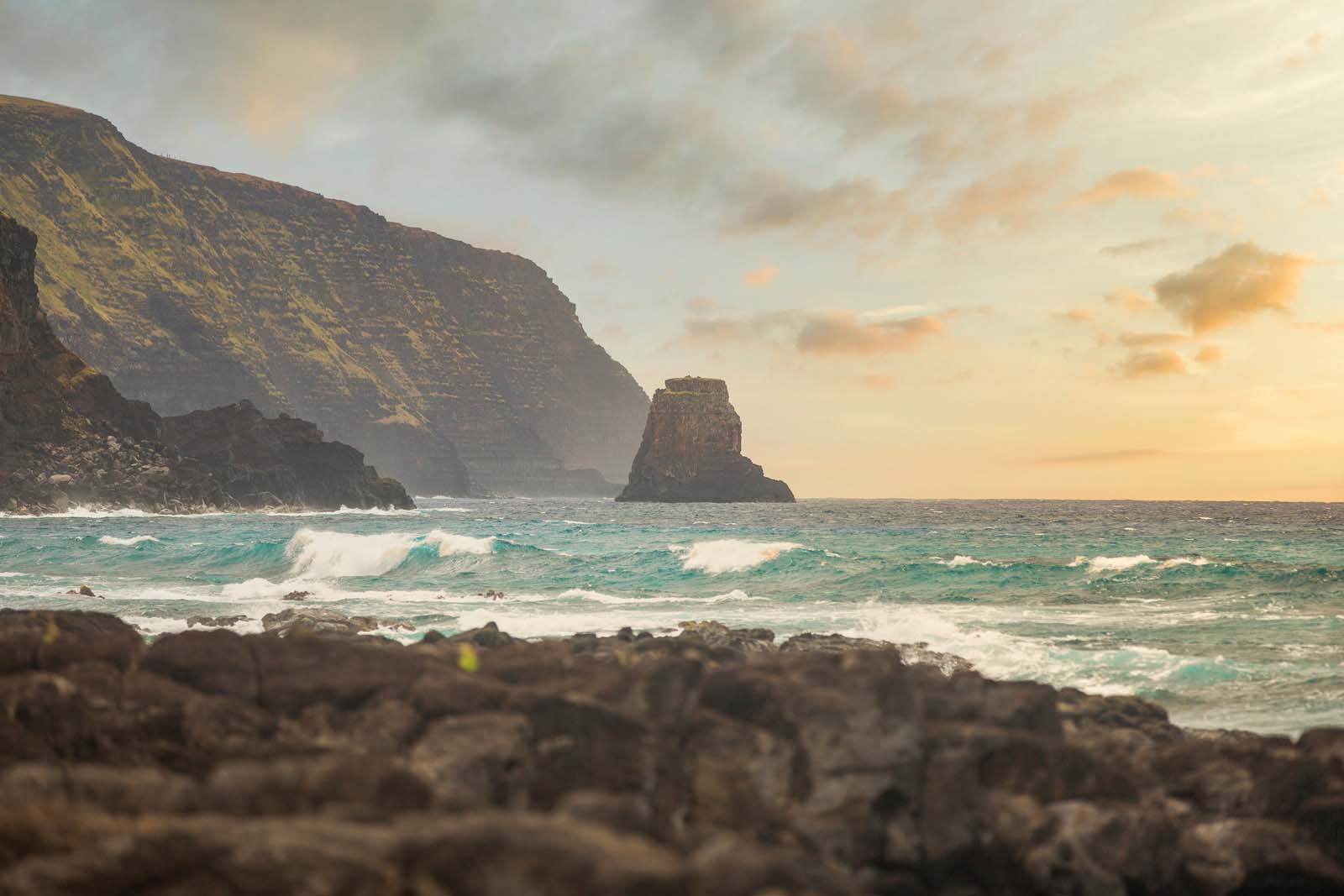
Nestled in the vast blue embrace of the Pacific, Easter Island whispers tales of its volcanic origins and tempestuous weather, coaxing intrepid souls to delve into a world both fiercely isolated and wondrously diverse—dare we say, you'll be blown away by what awaits? Join us as we journey through the heart of this enigmatic isle.
Location and isolation
Easter Island is way out in the Pacific Ocean, which makes it one of the most isolated places where people live. We're talking about 2,300 miles from Chile's coast—that's a long trip! Being so far away gives this island a kind of mystery vibe.
Since we're part of the Polynesian Triangle over here, our neighbors are really distant places like Hawaii and New Zealand. Imagine being on an island where all around you is just water for thousands of miles.
Sure, that means peace and quiet, but also remember, islanders rely heavily on the rest of Chile to help us stay connected with the rest of the world. Yet despite being remote, travelers like you come to experience something totally unique – giant moai statues staring back at you with their history-laden gaze.
Unique geology and landscape
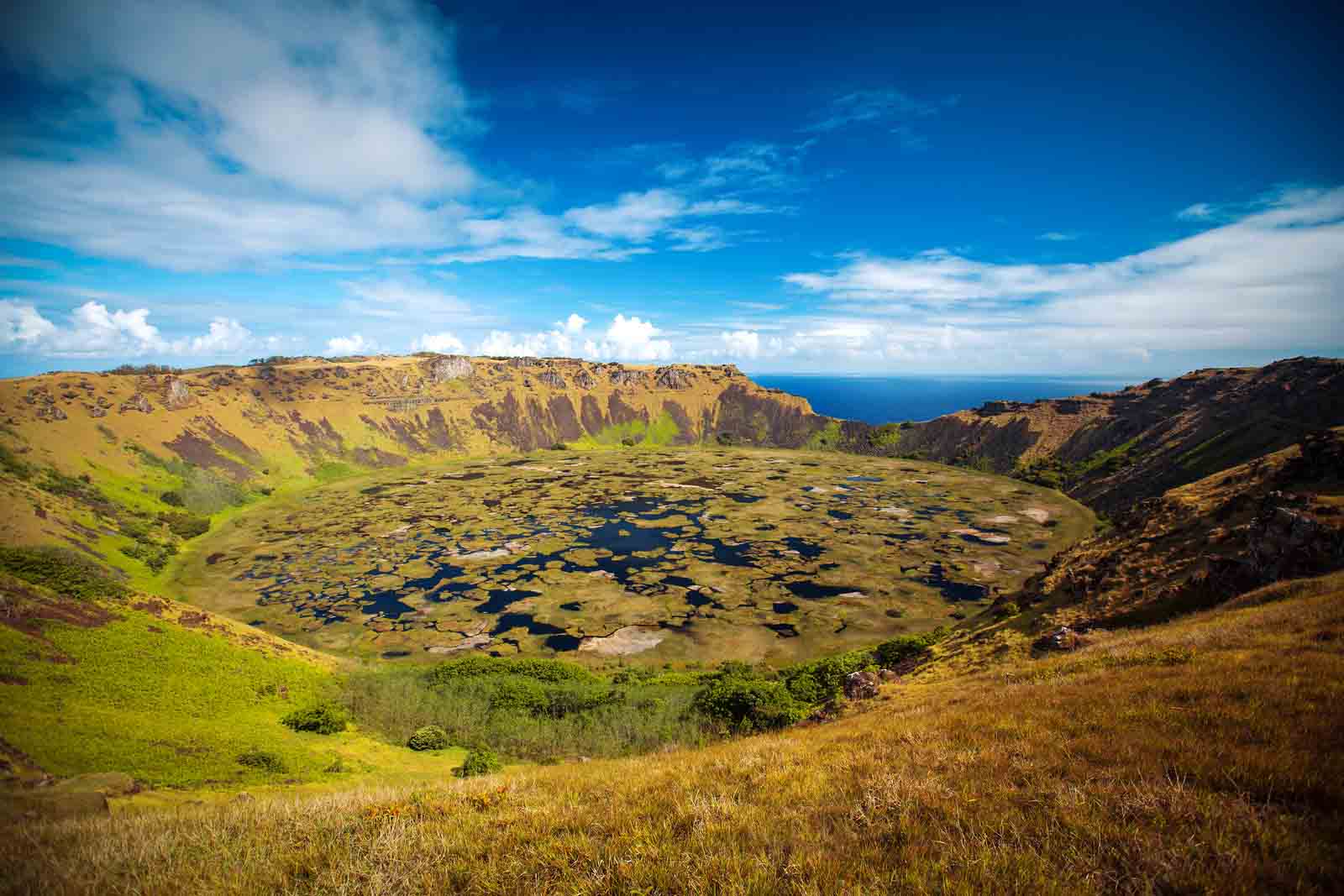
We're walking on a volcanic wonderland here on Easter Island. This place is not just about the famous moai statues; it's a treasure trove for lovers of geology and natural beauty. Picture this: three extinct volcanoes stand tall, shaping the island's triangular form.
Now imagine lava flows that once painted the landscape with trails now frozen in time.
Let's talk about those rolling hills and jagged cliffs – they tell stories of ancient eruptions and powerful waves carving their mark day by day. When you step onto Easter Island, you're stepping into a living geological museum, each rock formation whispering secrets from long ago to anyone who'll listen closely.
Climate and ecological diversity

Easter Island greets us with a warm, subtropical climate. Most days are sunny and bright—perfect for exploring or just relaxing on the beach. The island is small, so you feel the ocean breeze no matter where you wander.
It's never too hot and not too often cold; weather here has a nice balance.
Plants and animals on Easter Island are unique thanks to its isolation. You'll find several species that exist nowhere else in the world! It's like stepping into a natural treasure box waiting to be discovered by us all.
Culture and Traditions of Easter Island
Diving into the heart of Rapa Nui, we're not just talking about an island's past – it's a living culture that pulsates through every stone carving and dance step. Here, stories aren't just told; they're carved in wood, danced at festivals, and passed down with reverence from one generation to the next..
Mythology and beliefs
Easter Island holds a treasure trove of stories that reach back in time. The Rapa Nui people passed down tales filled with gods and heroes, connecting them deeply to the stars above and the earth below.
They believed their ancestors provided protection and guidance, which is why some say they carved those massive moai statues. Legend has it these giant figures represent important tribal leaders or deities watching over the island.
We can't help but marvel at such beliefs while standing beneath a starlit sky on Easter Island. Stories tell of how Make-Make, the chief god, created humanity on this very land. Sacred rituals performed by ancient priests still spark our curiosity today; we're left piecing together clues from archaeological sites scattered across volcanic landscapes.
This blend of mystery and spirituality adds something truly special to our experience as visitors here—far more than just sightseeing; it’s about stepping into a living mythology where every stone tells its own age-old story.
Stone and wood carving traditions
The stone and wood carving traditions make Easter Island unique.
By using simple tools the Rapa Nui people carved figures and decorations, showing off myths and important parts of their culture. Today, you can still find artists that are keeping these traditions alive.
Today's cultural events and festivals

Easter Island's festivals bring the island to life. The most exciting celebration one can join is Tapati Rapa Nui, a cultural festival that happens every year in February.
Dancing to upbeat Polynesian rhythms, watching locals compete in ancient sports, and admiring folks glide across the water. One gets to see people honor their culture with music, dance, and storytelling.
Families gather around while storytellers pass down legends under starry skies. Carvers create new moai masterpieces. And don't miss out on trying delicious local foods during these events; they are a treat!
Come experience the warmth of Easter Island’s celebrations with Voyagers Travel; it’s an unforgettable journey through time! It's not just an island; it's a living museum waiting for us to explore it. With unique traditions, dances, and carvings, Rapa Nui keeps its past alive today.
If you're looking for adventure or want to see something truly amazing, this place should be at the top of your list.


